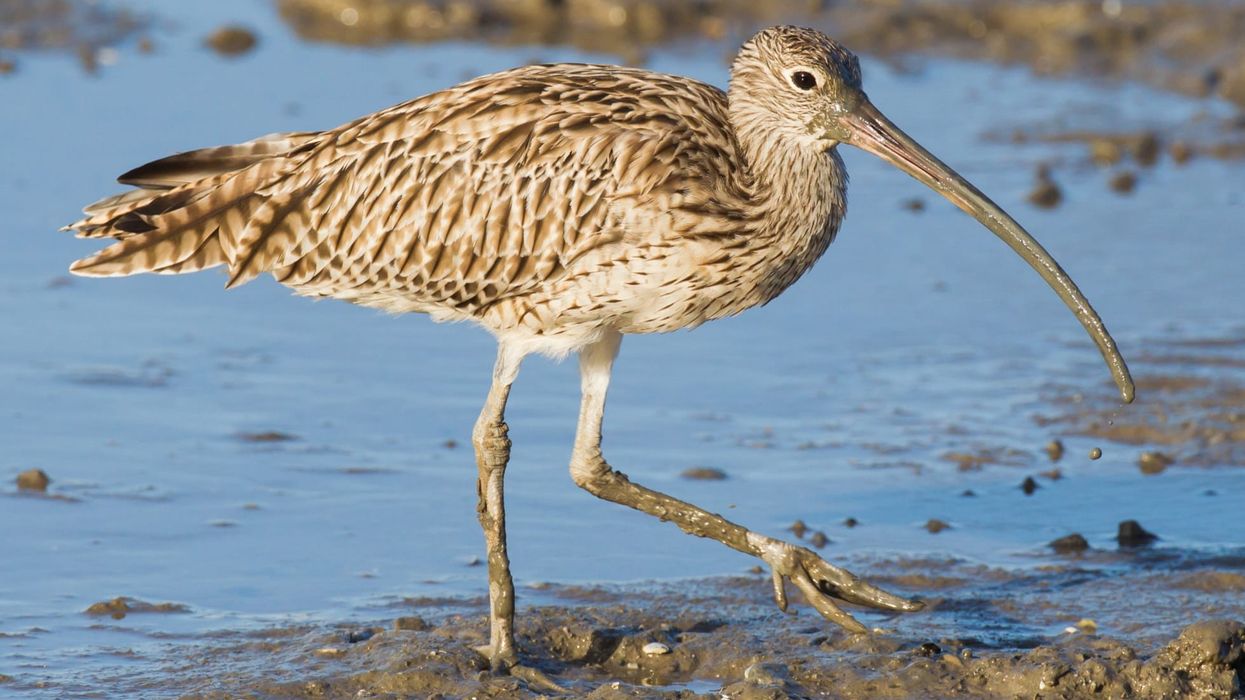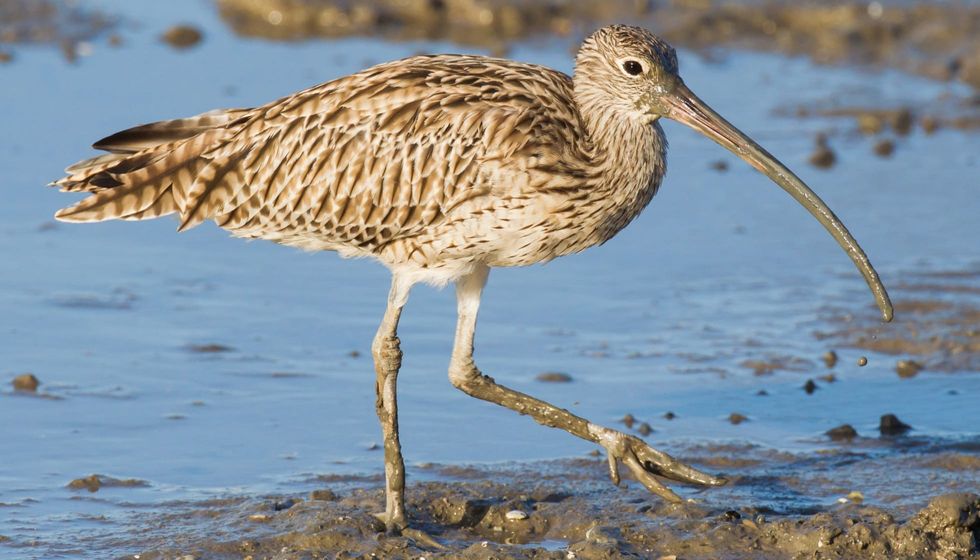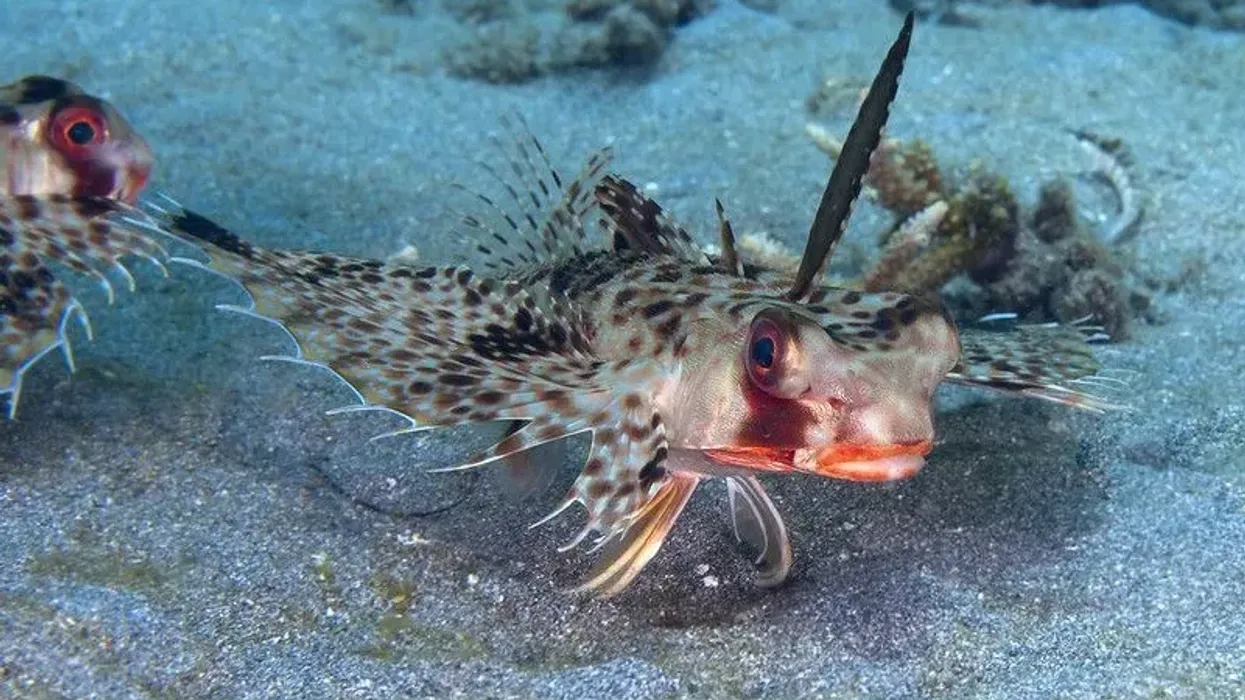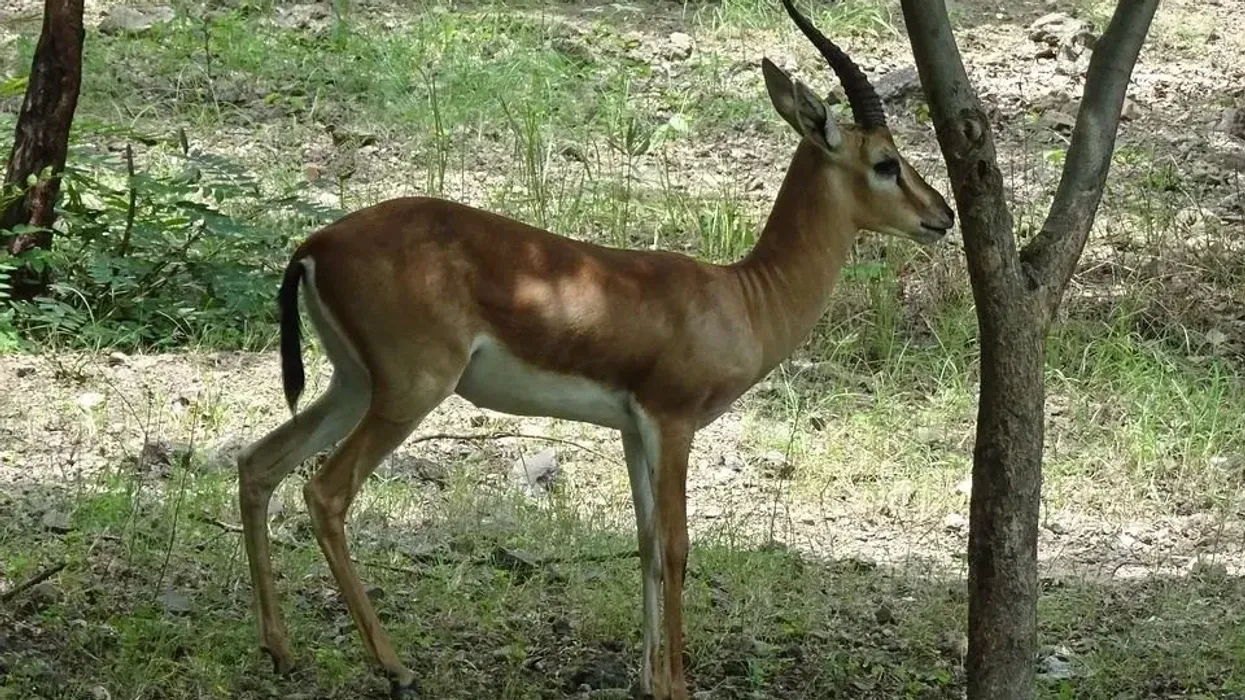The curlew has been classified into eight significant species, among which two are already speculated to be extinct. The other six species include the Bristle-thighed curlew, long-billed curlew, whimbrel, Eurasian curlew, little curlew, and lastly, the far eastern curlew.
The slender-billed curlew and Eskimo curlew have become rare enough to be considered extinct. Interestingly, the far eastern curlew (Numenius madagascariensis) is the world's largest sandpiper with the longest bill.
The species resembles the long-billed curlew in appearance, but they are slightly larger.
In Australia, Far Eastern curlew numbers increase right after the end of the breeding season. However, for the far eastern curlew, Alaska, Mongolia, Siberia, and Russia are the most preferred breeding places in the months of May and June.
For more relatable content, check out these Amazon parrot facts and hummingbird facts for kids.
Far Eastern Curlew Interesting Facts
What type of animal is a Far Eastern curlew?
Classified under the Scolopacidae family, the Far Eastern curlew (Numenius australis) is a species of migratory shorebird.
What class of animal does a Far Eastern curlew belong to?
Far Eastern curlews have been grouped under the class Aves, Numenius genus.
How many Far Eastern curlews are there in the world?
According to data, in 2015, the Far Eastern curlew population has been recorded at 32,000 adult individuals within its habitat range. Additionally, the population has projected a consistent decrease, so it can be estimated that the population might be around 25,000 in 2020.
Where does a Far Eastern curlew live?
During the breeding season, the bird can be found mainly in Russia, Mongolia, Siberia, and Kamchatka. The majority of the population migrates to winter in the coastal belts of Australia.
The remaining small portion of the population migrates to Indonesia, Papua New Guinea, New Zealand, and China. Migration has also been witnessed along the Yellow Sea - China and the Republic of Korea being the important halting locations. During migration, they can also be spotted occasionally in Japan, Bangladesh, the Philippines, Vietnam, Thailand, Singapore, and Malaysia.
What is a Far Eastern curlew's habitat?
The breeding habitat of the Far Eastern Curlew (Numenius madagascariensis) comprises swampy wetlands and lakeshores. They prefer to winter on the coasts of Australia. Their habitat range also comprises wet meadows, moss-lichen bogs, mudflats, salt marshes, mangrove swamps, and estuaries.
Who do Far Eastern curlews live with?
The Far Eastern curlews can be seen dwelling in small to large flocks, especially while roosting or engaging in long-distance migration. They can be spotted alone while searching for food and feeding.
How long does a Far Eastern curlew live?
Generally, Eastern curlews can survive for a long span of 20 years, but, as records would have it, the bird population has witnessed a hefty crash of 80% within the last 30 years.
How do they reproduce?
The breeding season commences from early May, stretching till the end of June. During this time, the males engage in appeasing their partners by exhibiting gliding displays in the air accompanied by the bubbling song.
After successful breeding, the females build the nest out of twigs and grass on swampy surfaces. Both parents serve the incubation period, which continues for a length of 27-29 days.
The females generally lay two to four olive green colored eggs. The nestlings soon leave their nests and are capable of feeding on invertebrates and insects without the help of parents.
What is their conservation status?
The Far Eastern curlew (Numenius madagascariensis) has been put into the Endangered group as per the observations of the International Union for Conservation of Nature (IUCN) Red List with only 32,000 mature individuals existing within the geographical range.
Far Eastern Curlew Fun Facts
What do Far Eastern curlews look like?
These birds are mostly brown all over the body. Unlike the other curlew species, these birds exhibit plain brown underwings that lack distinct patterns.
The head and neck are buff-brown, while the throat and chin are shaded white. The long bill measuring around 5-7.9 in (12.8-20.1 cm) offers a unique identification to the species. The males have comparatively shorter bills than their counterparts.
The wingspan is from 38.2-43.3 in (97–110 cm) in length. The far eastern curlews and long-billed curlews look identical, with the difference that the former is slightly larger with the longest bill.
How cute are they?
With their long decurved bill, these birds are extremely appealing. Although they don't possess glamorous bright shades, they have a serene appearance that can captivate anyone at the shores. You might even fall head over heels for those little chicks!
How do they communicate?
Interactions are not only limited to calls and sounds but also aerial displays and gestures (especially by the males during the breeding period). Repetitive whistling calls such as 'cuuue-reee' or signal calls with a bubbling ring-like 'carr-eeir carr-eeir', and 'ker-ee-ker-ee' have been recorded.
How big is a Far Eastern curlew?
On average, a Far Eastern curlew size falls in the range of 21.7-26 in (53–66 cm). The species is more than triple the length of the least sandpiper measuring 5-6 in (12.7-15.2 cm).
How fast can a Far Eastern curlew fly?
The flight speed of the species needs to be unearthed. Generally, curlews have a great speed range as it engages in long-distance migration. For instance, the long-billed curlew can reach a maximum speed of 50 mph (80.5 kph).
How much does a Far Eastern curlew weigh?
The weight of the world's largest curlew species of the Scolopacidae family is around 0.86-2.98 lb (390–1350 g).
What are the male and female names of the species?
The male curlews are called cocks, whereas the females are regarded as hens.
What would you call a baby Far Eastern curlew?
A baby Far Eastern curlew (Numenius madagascariensis) is referred to as a nestling, hatchling, or mostly, a chick.
What do they eat?
The primary food of the carnivorous sandpiper comprises invertebrates. These birds feed on crustaceans, mollusks, and a variety of insects. The females prefer shrimps, while crabs are the favorite of the males.
These birds need their long bill to probe into the mud to find invertebrates. However, they don't have long enough tongues to grab onto or swallow the prey. They use the long decurved bill to trace the prey in the mud, and then they hurl it into space, grabbing and gobbling it.
Are they poisonous?
The shorebird is not at all poisonous. In fact, as per historical data, hunters targeted these migratory birds for their meat. The absence of the Eskimo curlew is the direct result of this unrestrained slaughter.
Would they make a good pet?
Interactions between the Far Eastern curlew and human beings have not proven to be beneficial for the species. These birds have not been reared as pets (like parrots), so their behavior cannot be stated. However, they have been hunted down for their meat, causing a steady dip in their population.
Did you know...
Scientifically, the Far Eastern Curlew (Numenius madagascariensis) is also called Scolopax madagascariensis, Numenius australis, Numenius cyanopus, and Numenius rostratus.
The female curlews are known to feed solitarily and defend their territory from intruders, while the males form loose flocks while foraging. The former prefers sandy regions, whereas the males head out for muddy plains and marshes where they can find crabs.
How did the curlew get its name?
The curlew derived its genus name 'Numenius' from Greek roots. The name has been attributed owing to the crescent-shaped bill of these birds as the combination of the Greek terms' neos' with 'mene' translates to 'new' and 'moon'.
Moreover, the Eurasian curlew also acquired its name from the Latin term 'arquata', which refers to 'archery bow'. The species possesses a distinct decurved bill.
Why are Far Eastern curlews endangered?
Previously, the International Union for Conservation of Nature (IUCN) listed the species under the Least Concern category, but soon the idea of its abundance was refuted. As a result, the IUCN considered the Far Eastern curlew endangered in 2010.
The bird species are considered critically endangered even by the Government of Australia. The Eurasian curlew also shares a Near Threatened status. Habitat loss, especially along with the coastal belts of the Yellow Sea, has been identified to be the main reason for the decline.
Other threats include disturbances in sites of feeding and nesting. Urgent preventive measures must be enforced with stringency to allow proper conservation of the species.
Here at Kidadl, we have carefully created lots of interesting family-friendly animal facts for everyone to discover! Learn more about some other birds from our rook facts and flycatcher facts pages
You can even occupy yourself at home by coloring in one of our free printable bird coloring pages.
Second image by DickDaniels.









